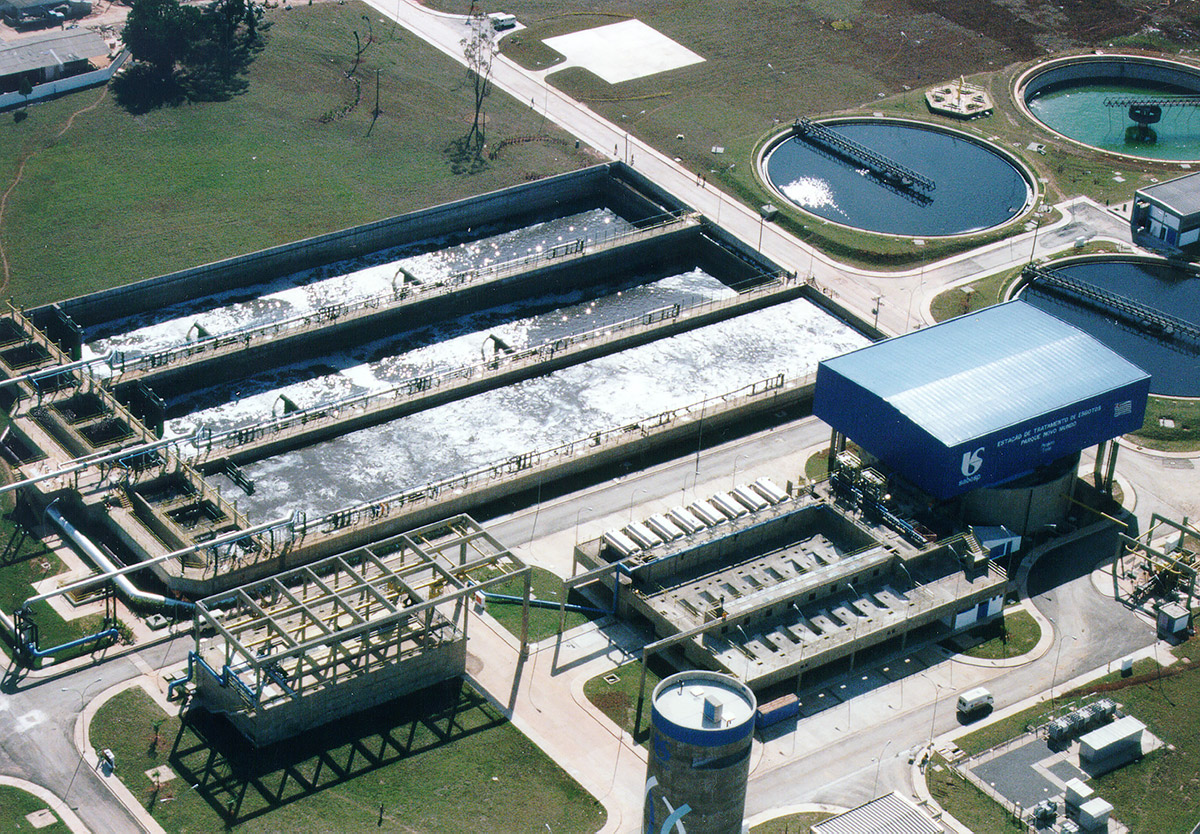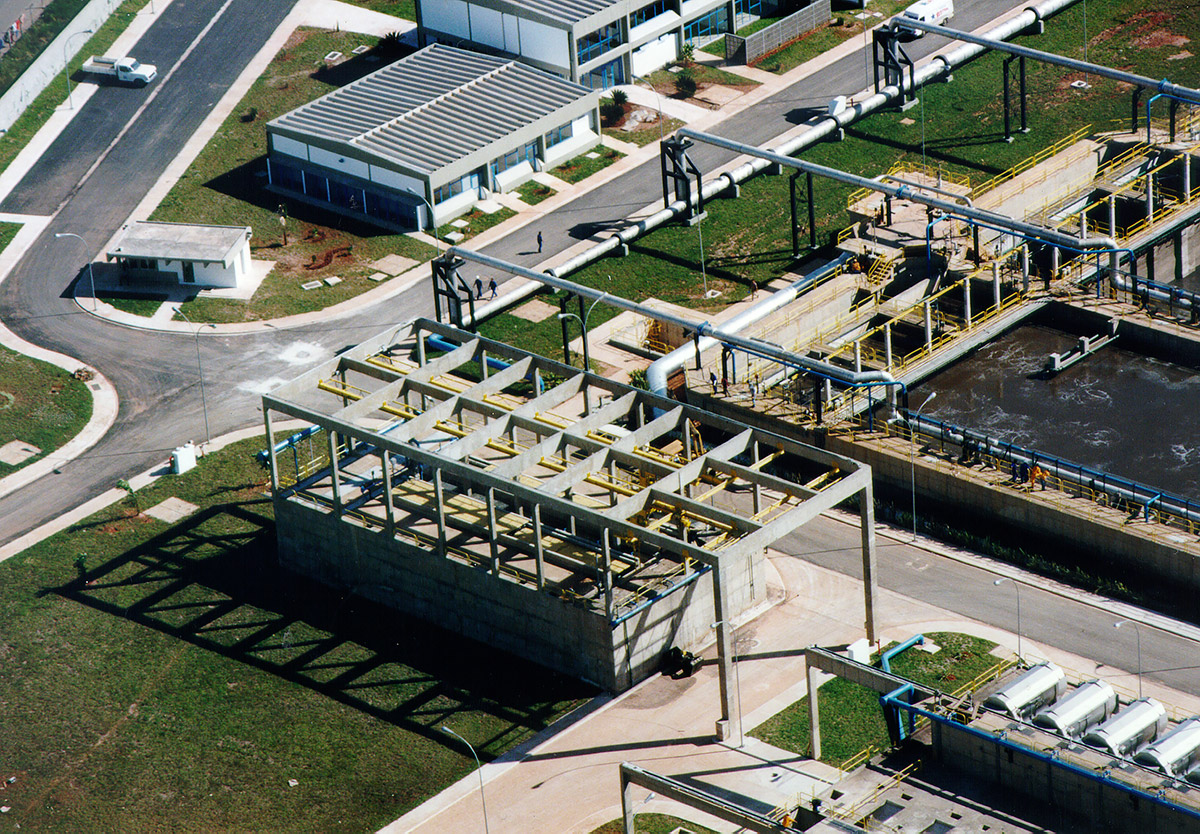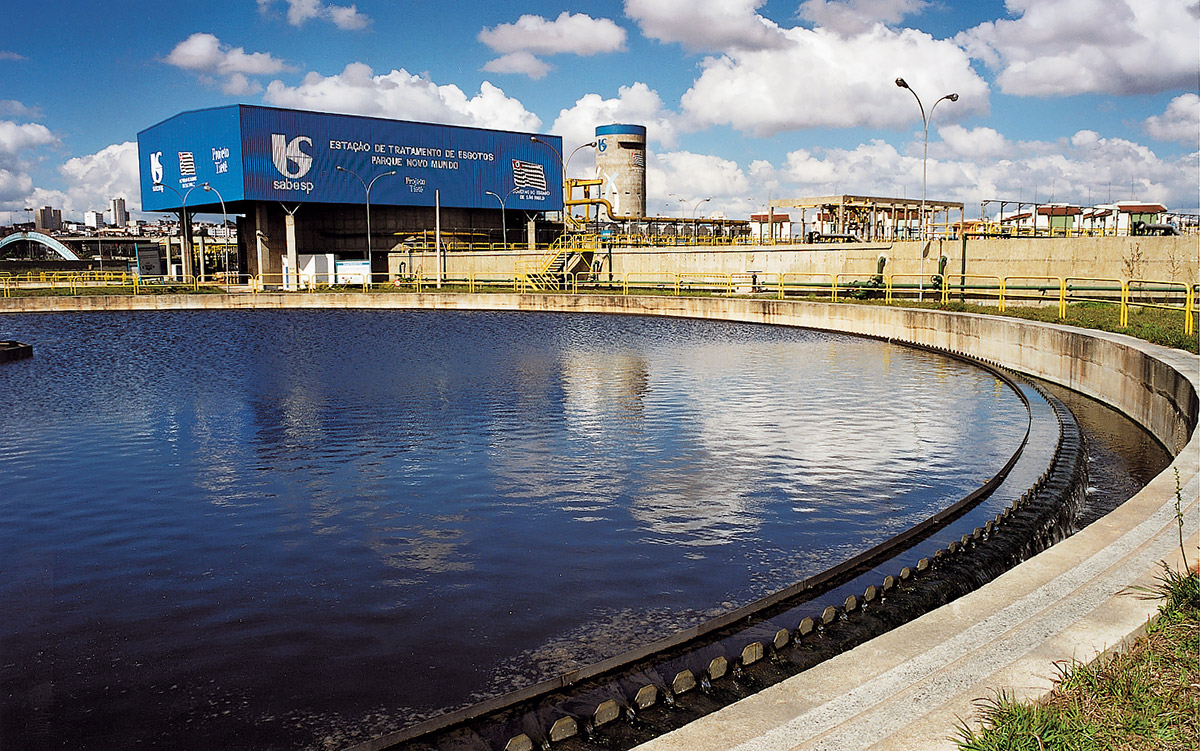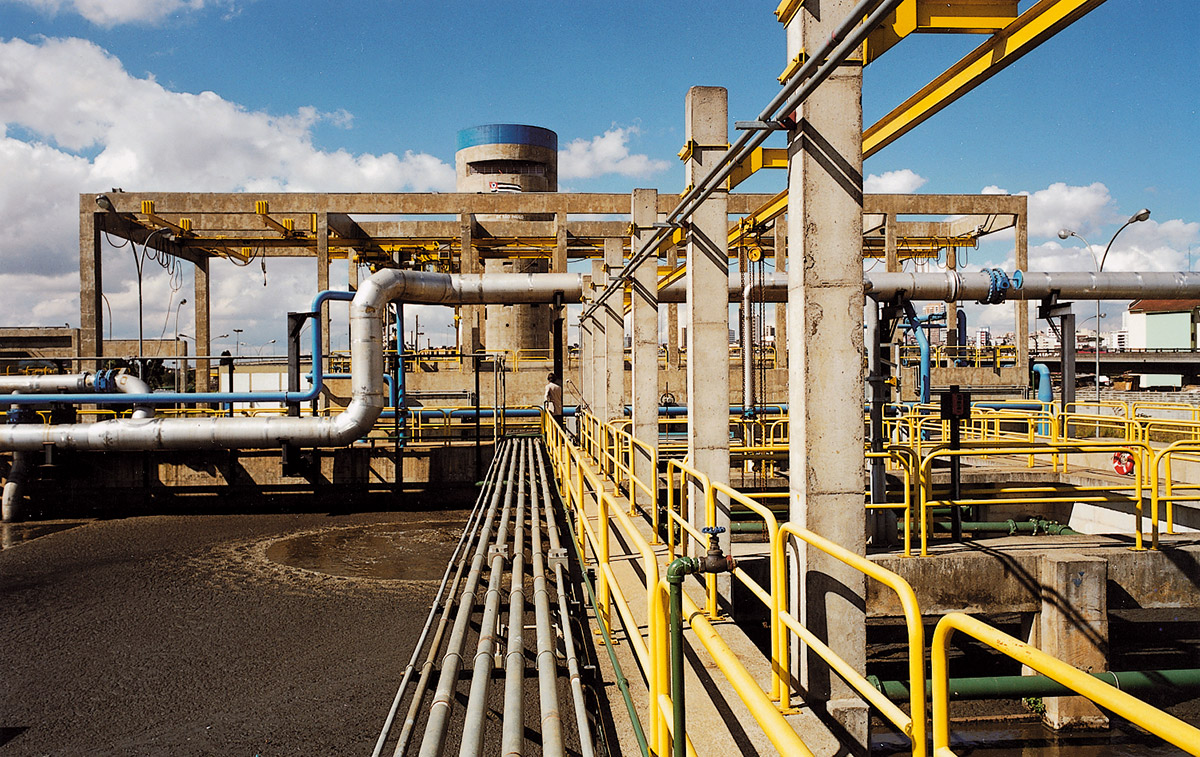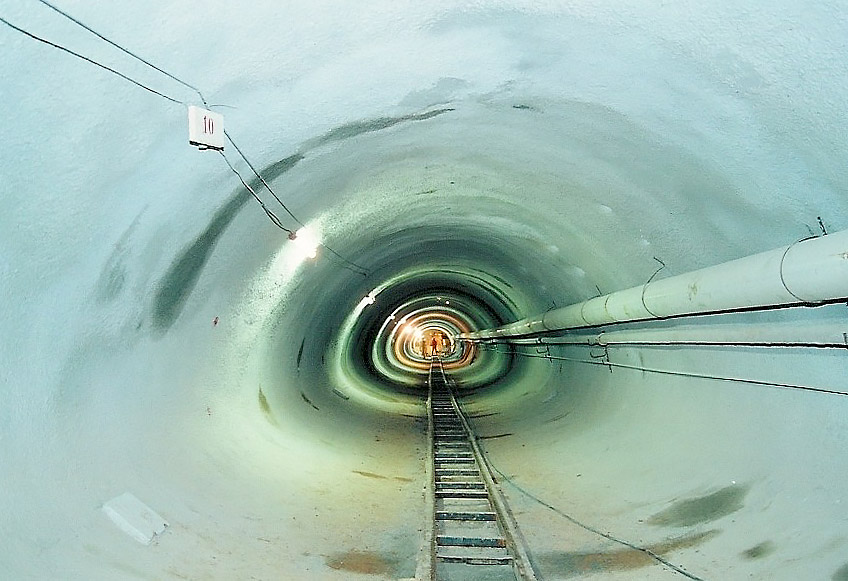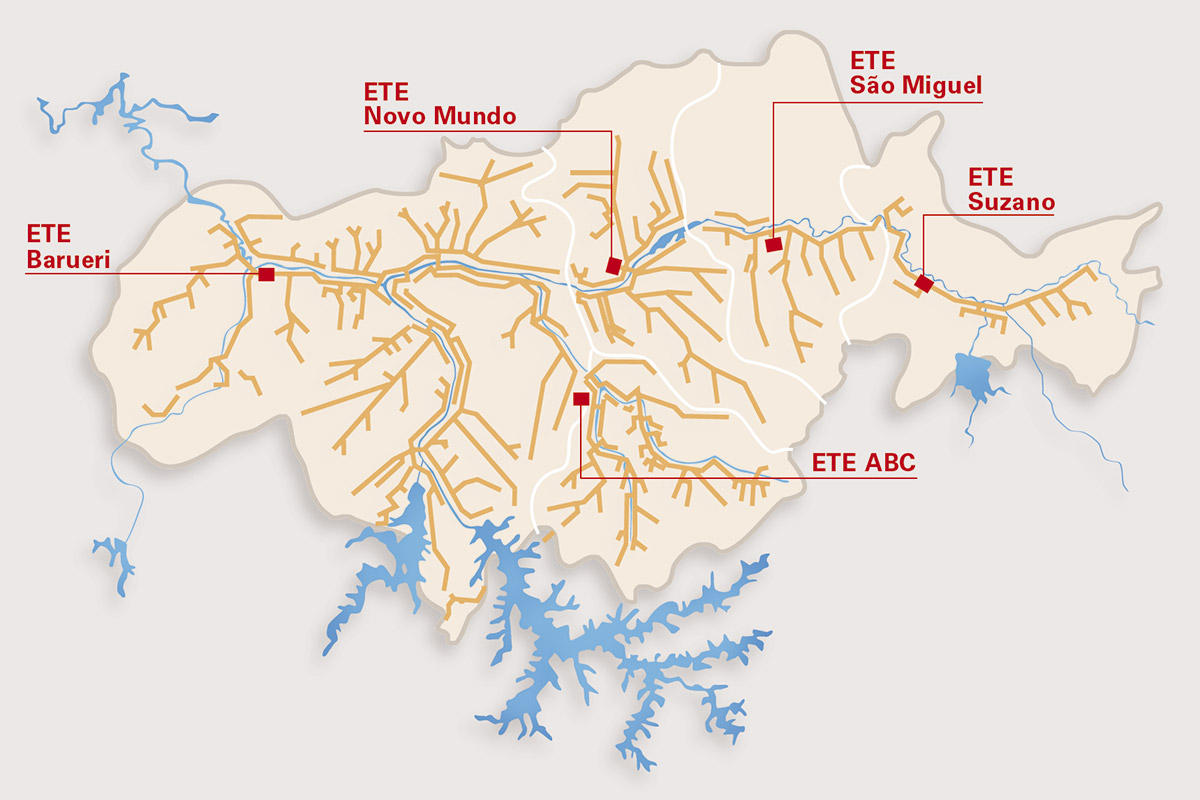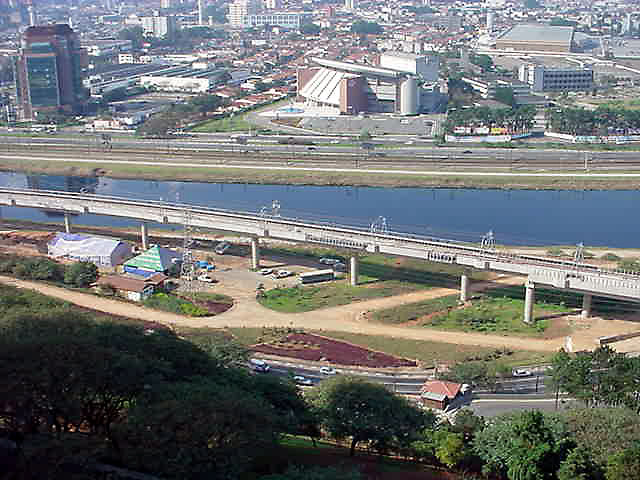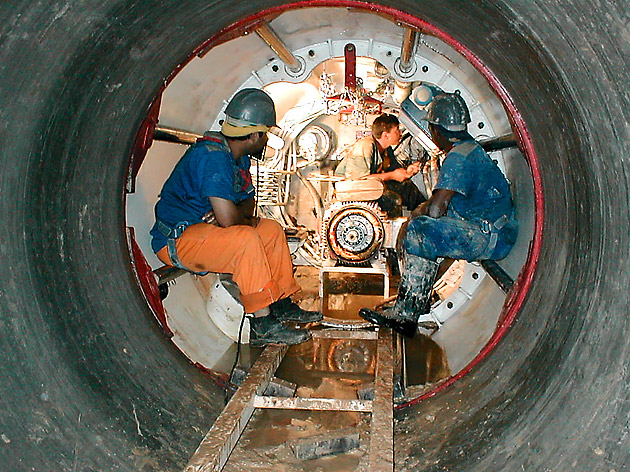TIETÊ RIVER DECONTAMINATION PROJECT | SABESP
MANAGEMENT OF THE 1st and 2nd STAGES AND COMPLEMENTARY WORKS
SABESP – Companhia de Saneamento Básico do Estado de São Paulo
1992/2009
The Tietê River Decontamination project was developed for the Metropolitan Region of São Paulo, within an integrated system for collecting and treating wastewater in the region, covering 17 municipalities including São Paulo City, and attending a total of approximately 20 million inhabitants. The program for the 1st stage of this undertaking was partially financed by the IDB; the BNDES (Banco Nacional de Desenvolvimento Econômico e Social), together with the IDB partially financed the 2nd stage.
17 municipalities
in the Greater
570,000 connections
3,700 km
collectors
1st STAGE
- Construction of the São Miguel Wastewater Treatment Station(1st module) with capacity for 2500 l/s; and the Parque Novo Mundo Wastewater Treatment Station(1st module) with capacity for 2500 l/s;
- Complementation to the first module of the ABC Region Wastewater Treatment Station, with capacity for 3000 l/s;
- Capacity expansion of the Barueri Wastewater Treatment Station, from 7000 l/s to 9500 l/s;
- 37 km of wastewater interceptors, with variable diameters up to 3000 mm;
- 315 km of the backbone collections, with variable diameters up to 2000 mm;
- 12 intermediary wastewater pumping stations, with variable powers ranging from 50 HP to 350 HP each one;
- 1500 km of wastewater collection network, and connection to 248,000 residential points.
- Improvements for the Barueri wastewater treatment station
2nd STAGE AND COMPLEMENTARY WORKS
The priority of this stage was to develop new works for collecting wastewater and conducting it to the Wastewater Treatment Stations that had been built or expanded in the First Stage of the project
Works
- 1200 km of collection networks and 290,000 residential connection points;
- Follow-up of 290 industrial connections;
- 106 km of backbone collectors and 36 km of interceptors,
- 42 pumping stations,
- Improvements for the Barueri wastewater treatment station.
Complementary Works
466 km of wastewater networks; 55 km of collectors; 34,000 residential connections; 2 km of interceptors;
42 pumping stations.
MANAGEMENT
- General coordination of the planning, the projects, the works, and the assemblies;
- Administrative /Financial support to SABESP,
- Coordination of supplies (1st Stage),
- Coordination of Private Industry (1st Stage),
- Coordination and execution of SABESP’s covenants with CETESB and with SRHS (2nd Stage),
- Transfer to SABESP of technology and information utilized in the Management (2nd Stage).
Activities designed to improve SABESP’s operations
Special Studies
- Develop strategies for the basic sanitation sector in the State of São Paulo;
- Calculate appropriate rates that induce rational usage of water;
- Environmental education program designed to produce people’s awareness to this issue;




